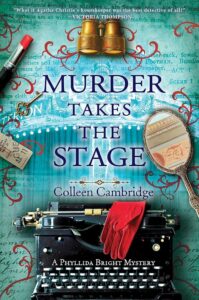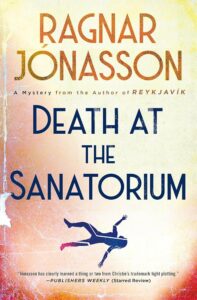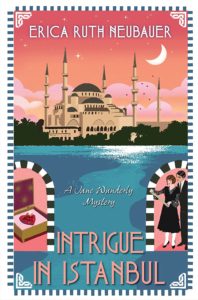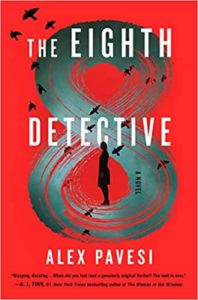Colleen Cambridge: Murder Takes the Stage
Phyllida Bright #3
 Murder Takes the Stage is the fourth addition to Colleen Cambridge’s Phyllida Bright series. Our protagonist is obviously Phyllida Bright, housekeeper of Mallowan Hall. She also happens to be good friends with the lady of the hall, Agatha Christie. Living with the mystery writing legend also gives Phyllida Bright early access to her favorite detective stories featuring Hercule Poirot. Both women have a knack for mysteries, and have helped the local authorities to solve several murders. Now they are traveling to London for a bit of a vacation. Mrs. Christie and her husband are, anyway, and Phyllida isn’t exactly thrilled about it, which isn’t surprising given her rather complicated past revolving around her deceased husband. However, she isn’t about to let a little discomfort keep her from performing her duties.
Murder Takes the Stage is the fourth addition to Colleen Cambridge’s Phyllida Bright series. Our protagonist is obviously Phyllida Bright, housekeeper of Mallowan Hall. She also happens to be good friends with the lady of the hall, Agatha Christie. Living with the mystery writing legend also gives Phyllida Bright early access to her favorite detective stories featuring Hercule Poirot. Both women have a knack for mysteries, and have helped the local authorities to solve several murders. Now they are traveling to London for a bit of a vacation. Mrs. Christie and her husband are, anyway, and Phyllida isn’t exactly thrilled about it, which isn’t surprising given her rather complicated past revolving around her deceased husband. However, she isn’t about to let a little discomfort keep her from performing her duties.








